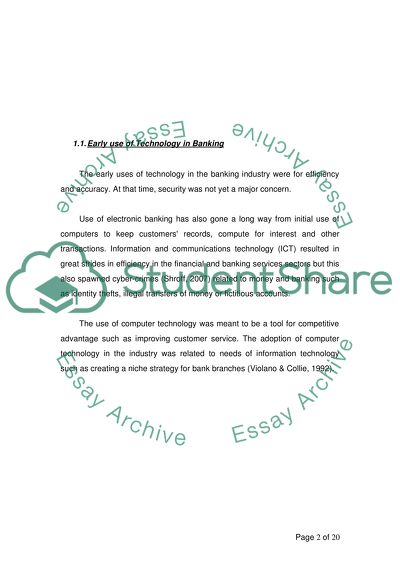Cite this document
(“Banking Technology in the Fight against Money Laundering in UK Private Essay”, n.d.)
Retrieved from https://studentshare.org/family-consumer-science/1425132-banking-technology-in-the-fight-against-money
Retrieved from https://studentshare.org/family-consumer-science/1425132-banking-technology-in-the-fight-against-money
(Banking Technology in the Fight Against Money Laundering in UK Private Essay)
https://studentshare.org/family-consumer-science/1425132-banking-technology-in-the-fight-against-money.
https://studentshare.org/family-consumer-science/1425132-banking-technology-in-the-fight-against-money.
“Banking Technology in the Fight Against Money Laundering in UK Private Essay”, n.d. https://studentshare.org/family-consumer-science/1425132-banking-technology-in-the-fight-against-money.


